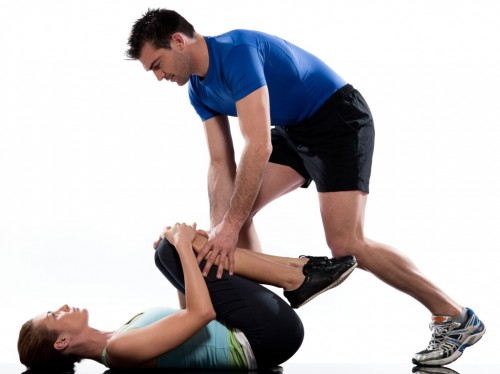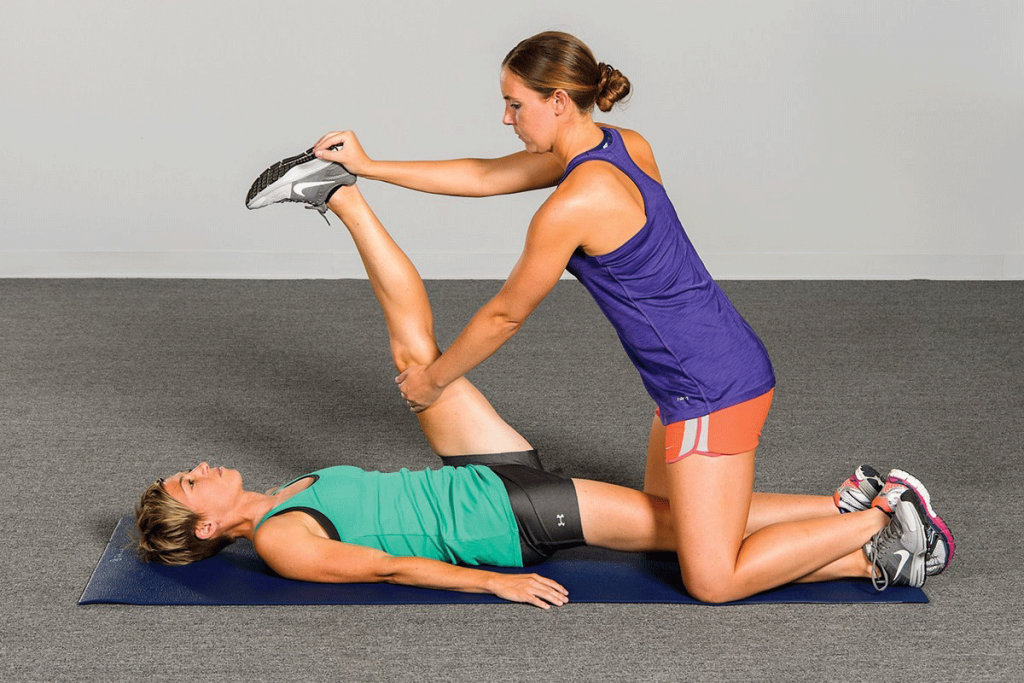PNF is one of the methods of physical therapy based on the principles of human functional anatomy and neurophysiology.
The main goal of using PNF is to achieve the highest possible level of functioning of the patient or athlete.
In 1940, kinesiotherapist Herman Kabat began to use PNF as a treatment for patients with poliomyelitis. Initially, the PNF technique was used to restore movement in patients with polio and military personnel with the consequences of a combat injury. Currently, the PNF method is widely used in diseases of the central and peripheral nervous system in the United States (institutes for neurorehabilitation “Kabot and Kaiser”), and the countries of the European Union (in some countries it is known as the Kabat method). In the domestic literature, there are various interpretations of the name of the PNF method – Proprioceptive Neuromuscular Facilitation: proprioceptive neurofascicular facilitation, proprioceptive neuromuscular facilitation or stretching.

Basically, all movements carried out during the PNF procedure follow a certain trajectory called the “diagonal”.
The spiral-diagonal nature of natural movements is due to the structure of the musculoskeletal system. Most muscles are arranged in a spiral pattern around the bones, so when they contract, they tend to move in a spiral motion. The primary movements of newborns are predominantly spiral-diagonal in nature – the reflex of sucking hands and feet, turning over, crawling, etc. When a person is verticalized, these movements become more linear in appearance, but basically remain complex (walking, running, swimming, etc.). ). The use of “diagonals” of PNP allows you to use the functional muscle chains in the most physiological mode and resume the “programs” of primary movements, which contributes to a more effective recovery of motor functions.
This method can be applied at the earliest stages of neurorehabilitation, even in patients with severe neurological disorders.
In the presence of paresis and plegia, PNF can be performed on the healthy side in combination with passive movements along the diagonals on the side of the lesion.
In peripheral neurological disorders associated with impaired nerve conduction or pain, there are certain directions of diagonal movements that are most effective for restoring the function of a particular peripheral nerve (plexus or spinal root).

All movements in the PNP diagonals are recommended to be performed in a certain sequence: before performing the movement, the muscles involved in the work are fixed and passively brought to a position with maximum stretch, due to which additional stimulation of muscle receptors is achieved, which improves the process of “reflex reprogramming”. After that, a command to perform a diagonal movement is carried out and its trajectory is controlled. To consolidate the correctness of the movements, this sequence is performed a certain number of repetitions.
